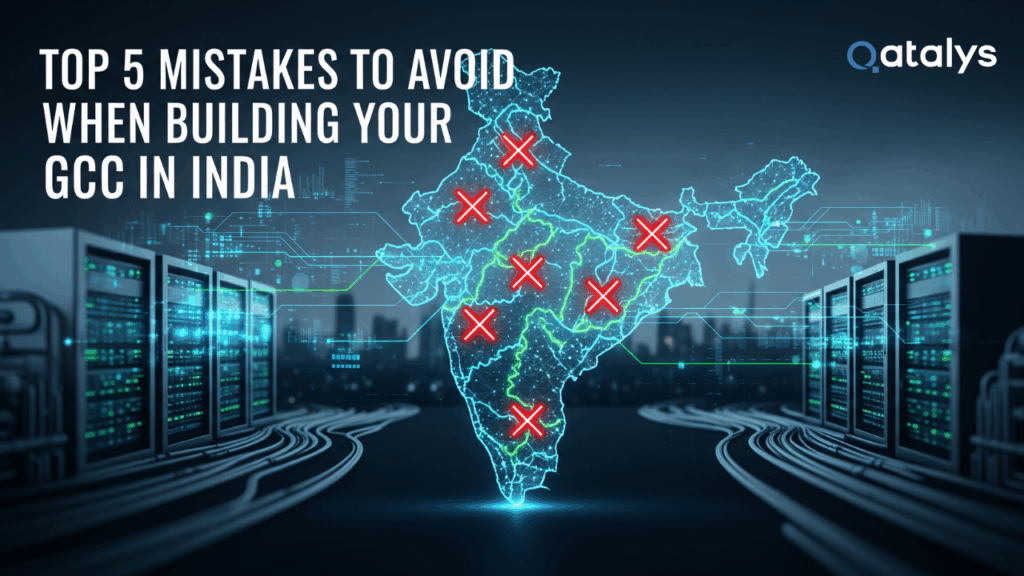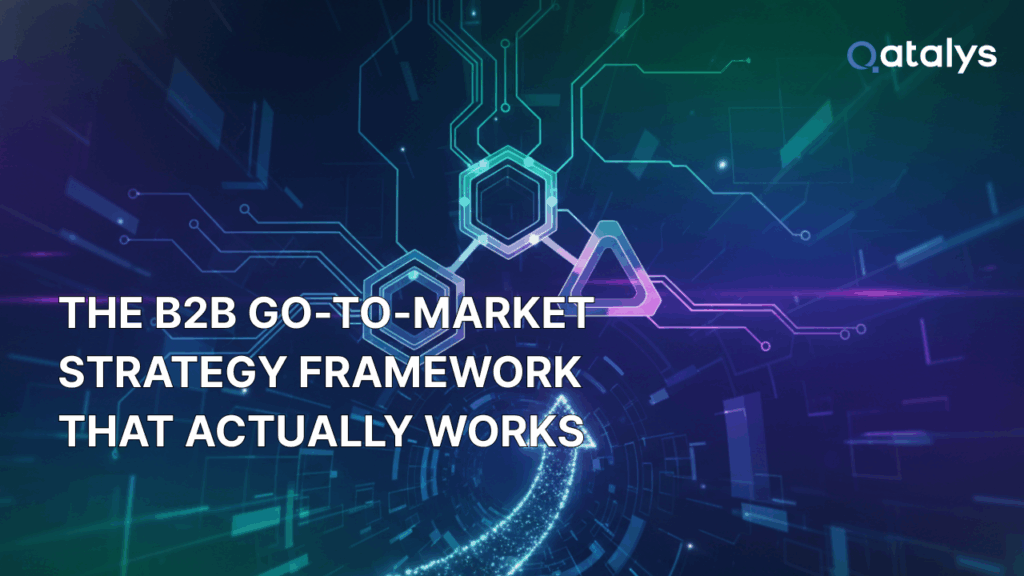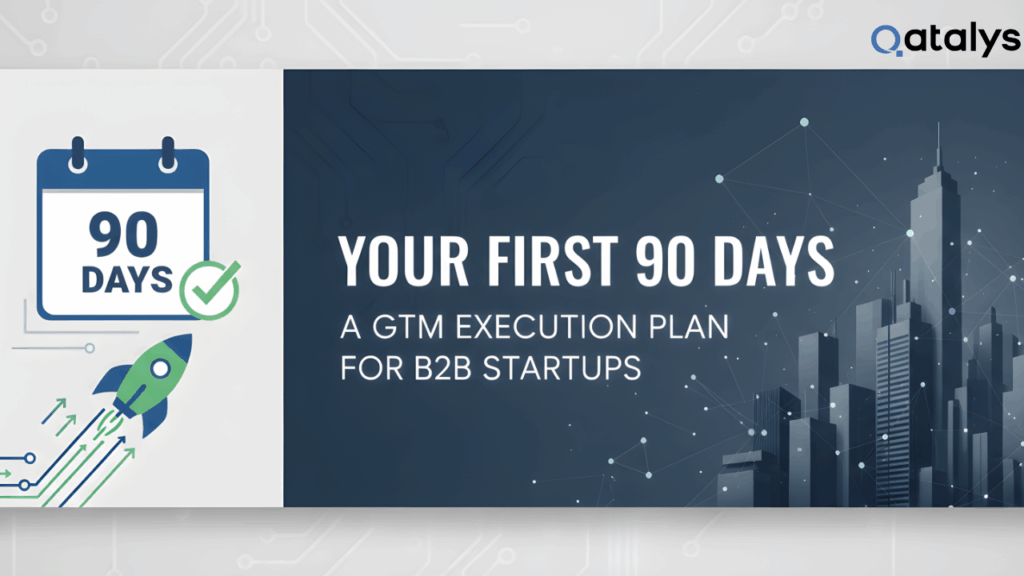The Fork in the Road
You’ve got a big idea, maybe some early validation, and now you’re staring at a founder’s first major product decision:
“Do I start with an MVP… or go all-in with the full product?”
This isn’t just about features or UX polish. It’s about risk, time, capital, team bandwidth, and clarity.
Build too much too soon, and you risk burning money before you find traction. Build too little, and users may not get the value you promise.
This guide will help you navigate that choice – so you can build what’s right for your startup’s stage, not someone else’s playbook.
What Is an MVP?
An MVP – or Minimum Viable Product – is not a fancy prototype or a rushed beta.
It’s the smallest possible version of your product that solves a real user problem in a usable way. It doesn’t have to scale. It doesn’t need integrations or perfect design. It just needs to work – and teach you something.
Think:
- A Notion doc with a payment form
- A no-code app with a single core workflow
- A concierge service where you manually do the work behind the scenes
The MVP’s goal isn’t perfection -it’s learning. You launch it not because it’s ready, but because you’re ready to learn from the market.
What Counts as a Full-Scale Product?
A full-scale product isn’t just the MVP with more features. It’s a different beast entirely.
It includes:
- Robust architecture and backend
- Scalable databases and infrastructure
- Smooth user flows, error handling, and edge cases
- Thoughtful UX, brand polish, documentation, and QA
- Compliance, security, analytics, onboarding -the works
You build a full-scale product when you’re ready to support dozens, hundreds, or thousands of users – not when you’re still figuring out if anyone cares.
This version of your product is built for scale, trust, and operational efficiency. It’s usually more expensive and slower – but necessary once you have traction.
Why MVPs Work Best for Early-Stage Startups
If you’re pre-revenue, pre-product-market fit, or still testing your idea, an MVP is your best friend.
Here’s why:
- Fast feedback: You get user insights early, before investing heavily
- Risk control: You’re not gambling 6–12 months of runway on unproven assumptions
- Investor signaling: MVPs show scrappiness and clarity; they’re often enough to raise a pre-seed
- Focus: You zero in on one core value proposition instead of building out every “nice to have”
Most successful startups – including Airbnb, Dropbox, and even Instagram – started with an MVP, validated demand, then scaled.
When Going Full-Scale Might Make Sense
Sometimes, an MVP just won’t cut it. Here’s when skipping straight to a fuller product may be justified:
- You’re in a high-trust market
If you’re building for banks, hospitals, or enterprises, an MVP can do more harm than good. You need a product that works flawlessly – even version 1. - You have funding and validation
If you’ve already raised capital and know the customer pain point intimately, you may choose to build a stronger first version with scalable infrastructure. - You’re not first to market
In a red-ocean space (e.g., AI tools, D2C apps), your first impression might make or break user trust. In those cases, a lean-but-polished full product can create competitive edge.
That said, most of the time, “full product first” is a risk multiplier, not a growth accelerator.
It’s Not Either-Or: Think in Phases, Not Silos
Here’s the truth most guides skip:
MVP and full product aren’t opposing paths – they’re sequential steps.
A smart MVP should lead into your full product. What you learn early informs what you build next. And what you don’t build initially often becomes clearer after your first users show you what actually matters.
So don’t stress over the binary. The real question is:
What’s the right first step for where you are now?
Key Factors to Guide Your Build Decision
Here’s how to think through the choice from a strategic lens:
1. Stage
If you’re still shaping the problem or haven’t tested pricing, go MVP. If you’ve validated demand and are onboarding real users, you can start building toward scale.
2. Funding
Bootstrapping? Build the lightest thing possible. Raised a pre-seed or seed round? You have more room – but it’s still smart to validate early before scaling.
3. Market Expectations
Some users are fine with duct-taped demos (think early adopters). Others expect polish and reliability from day one (think B2B enterprise). Match your build to your buyer.
4. Team Bandwidth
Do you have the engineering muscle to maintain a full product? Launching is just the beginning -someone needs to support, fix, and evolve it.
5. Need to Learn
If you’re unsure about user behavior, price sensitivity, or engagement -speed to insight matters more than scaling features.
Common Mistakes Founders Make
Let’s kill a few myths:
- “I’ll just outsource the MVP and scale it later.” MVPs should teach you, not just get built. If you’re not close to it, you’ll miss the learning.
- “Let’s build everything at once, then launch big.” You’ll likely burn budget, time, and motivation -only to find out users don’t want half of it.
- “MVP means sloppy or buggy.” No – MVPs must still solve the user’s problem. Function over flair, not function or flair.
- “We’ll rebuild everything after product-market fit anyway.” True, but poor MVP decisions can delay or derail ever reaching that point.
Making the Call: A Practical Rule of Thumb
Here’s a simple way to decide:
- Build an MVP if: You’re pre-traction, pre-revenue, need fast feedback, or lack resources to scale. Start lean, get real users, learn fast.
- Build a full product if: You have capital, validation, a clear go-to-market plan, and users expecting a robust solution.
Still unsure?
Build the MVP version of a full product – something focused, functional, and user-ready, but designed to evolve.
Build for Today -Plan for Tomorrow
Every founder faces the MVP vs. full-product dilemma. The key is knowing where your startup stands and what decision will unlock momentum.
An MVP gives you speed, clarity, and data. A full product gives you scale, polish, and long-term leverage.
Get the order wrong, and you stall. Get it right, and you build a product the market actually wants.
Need Help Mapping Your Build Plan?
Book a Free Strategy Call – we’ll help you choose the right product approach for your stage, budget, and market








